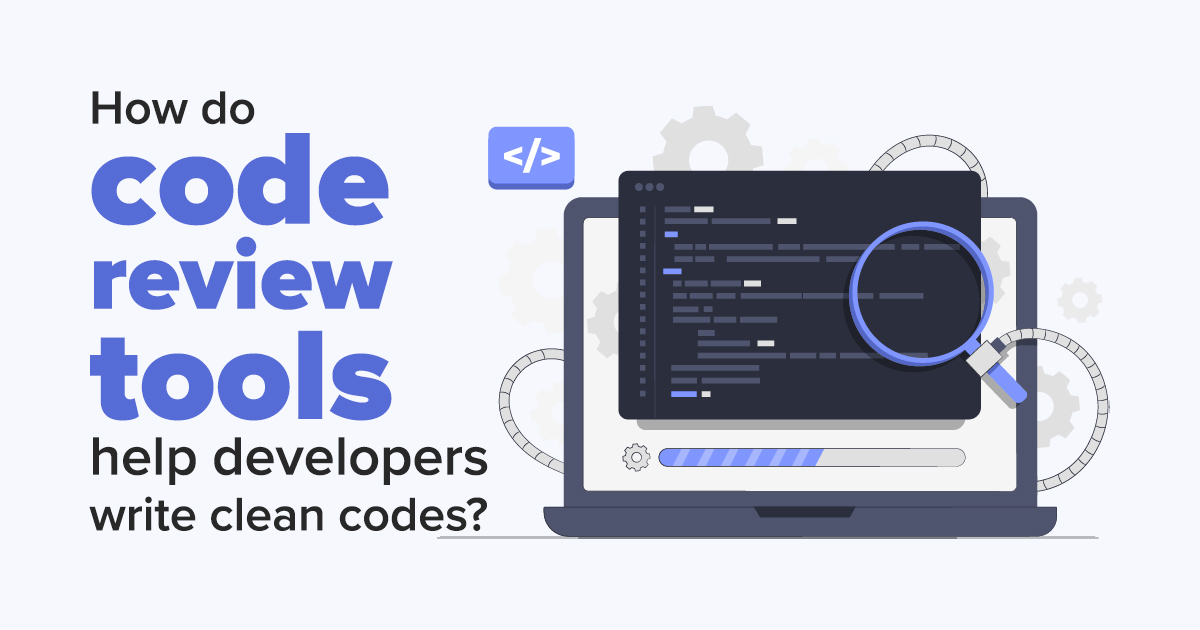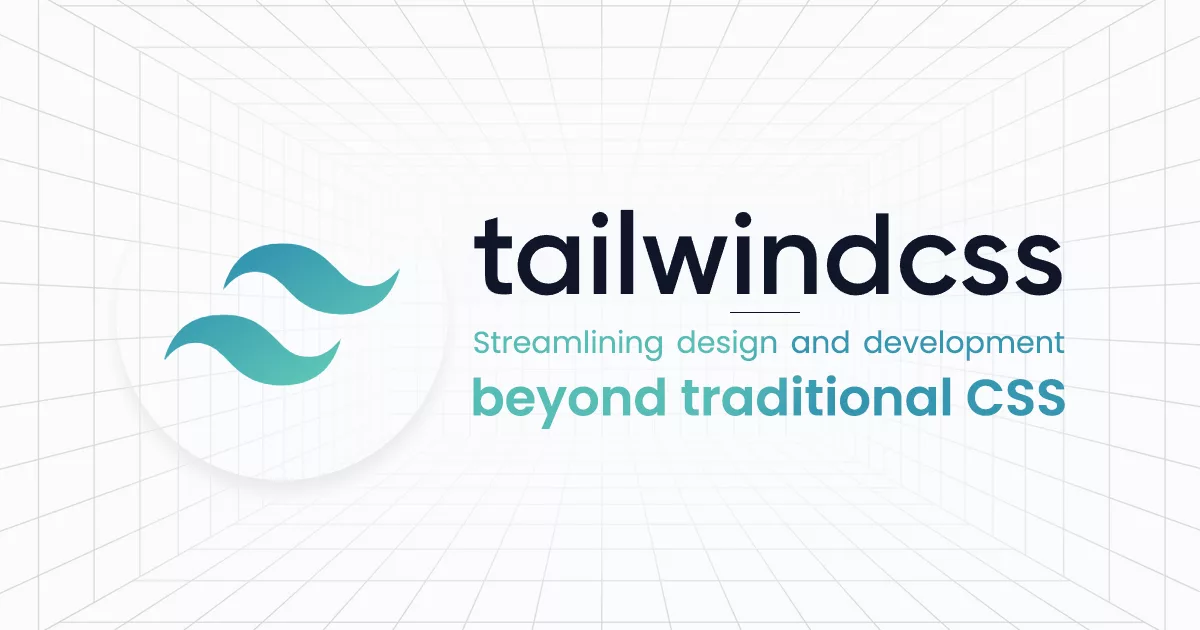How Do Code Review Tools Help Developers Write Clean Codes?
June 29, 2023 10:48 am | by Sarvika Technologies | Posted in IT & Infra
In the IT industry, there are multiple factors that distinguish an organization and contribute to its supremacy, and one of those is the quality of code. Code quality is crucial as it directly impacts the quality, reliability, and safety of the software’s codebase.
IT organizations worldwide place great emphasis on having high-quality code because low-quality code often leads to rework and expensive maintenance, which is known as high technical debt.
So, what defines code quality? Let’s explore the following aspects:
- Readability: Is your code easy to read and understand?
- Flexibility: Can your code easily adapt to changes?
- Reusability: Can your code be reused in different projects?
- Scalability: Is your code capable of handling increased workloads?
- Extendibility:Is your code easy to read and understand?
- Maintainability:Is your code easy to read and understand?
- Support for multiple languages:
- Encouragement of innovation:
- Scalability:
- Code quality management:
- Vendor support:
- Detection and alerts:
- Sustainability:
- Increased productivity:
- Promotion of code quality:
- Skillset enhancement:
It goes without saying that every group of software developers strives to create high-quality code. However, in this competitive industry, development teams are always under pressure to deliver.
It can be a challenging task to meet coding and compliance standards while ensuring timely releases. Falling short in any of these aspects can result in financial losses and loss of clients, which no business wants to face.
How can code quality tools help achieve error-free coding?
Open-source code quality evaluation tools work by collecting and analyzing software source code repositories, generating comprehensive reports on the overall code quality within a project.
One highly recommended tool, SonarQube, utilizes a combination of static and dynamic analysis technologies, enabling continuous monitoring of code quality throughout the project’s lifecycle.
It meticulously examines the source code from different perspectives, navigating through each layer, from modules to classes, and provides metric values and reports at each level.
Here are some of the benefits of using open-source code quality tools:
Code quality tools are beneficial when working on projects with diverse teams or a mix of modern and legacy aspects. They accommodate different programming languages, leading to better outcomes.
Code review tools empower organizations to customize and enhance functionality, fostering innovation. They offer a wide range of plugins and a large network of developers, providing ample resources to meet evolving needs.
Most code quality tools excel in scalability and have been extensively tested in various environments. They analyzed thousands of projects daily, involving millions of lines of code and numerous developers. Their scalability ensures they can meet the evolving needs of businesses.
Code review tools enable continuous code quality management, making code analysis easier for developers while providing valuable insights. Integrating code quality into the development process enhances software quality, reduces costs, and identifies potential risks.
Major code review tools offer vendor support and services, including development, technical support, consulting, and training. This additional support mitigates risks and provides long-term benefits to customers.
Code review tools quickly detect bugs in code and alert developers, reducing the risk of software issues. They also highlight areas with insufficient unit test coverage, promptly alerting developers to minimize misinterpretation.
By reducing complexities, duplications, and potential bugs in code, open-source tools enhance the sustainability and maintainability of applications. They effectively handle changes and ensure the longevity of software applications.
Through code review tools, development teams can identify and eliminate code duplication and redundancy. This reduces application size, complexity, maintenance time, and costs. Consequently, it leads to more readable and understandable code, reducing risks during modifications.
Code quality tools evaluate key aspects of code quality, such as duplicate code, code complexity, and unit test coverage. They identify and help eliminate bugs, enforce coding standards, and document APIs, resulting in high-quality architecture. Customizable dashboards and filters facilitate efficient code quality monitoring and issue tracking, enabling on-time delivery of quality products.
Open-source code quality tools come with predefined standards that simplify the process of defining and increasing requirements. These standards provide immediate insights into the quality of applications for developers and software managers. Furthermore, they can be easily configured to meet the specific requirements of organizations or teams.
Conclusion
Code quality platforms empower developers and foster focus on code quality and security. We hope this article has provided you with valuable knowledge about the benefits of code quality to IT organizations. Feel free to reach out to our team if you have any further inquiries or wish to share your thoughts on code quality standards and tools.
Written by Sarvika Technologies
Sarvika Tech is a team of young, energetic, and technology-loving people on the journey to help companies achieve their goals by supporting their IT needs. In a nutshell, we are a people’s company where the priority is their knowledge enhancement and career development. We believe that focusing on our most important asset, the team, will enable us to push boundaries and deliver ingenious IT solutions.




